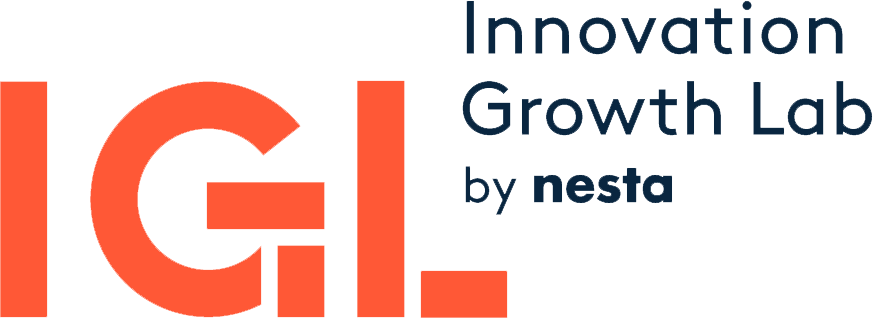Affirmative action is often criticized for causing reverse discrimination and lowering the qualifications of those hired under the policy. However, the magnitude of such adverse effects depends on whether the best suited candidate is hired absent the policy. Indeed affirmative action may compensate for the distortion discrimination imposes on the selection of candidates. This paper asks whether affirmative action can have a similar corrective impact when qualified individuals fail to apply for a job. We evaluate the effect of introducing a gender quota in an environment where high-performing women fail to enter competitions they can win. We show that guaranteeing women equal representation among winners increases their entry. The response exceeds that predicted by the change in probability of winning and is in part driven by women being more willing to compete against other women. The consequences are substantial as the boost in supply essentially eliminates the anticipated costs of the policy.
How Costly Is Diversity? Affirmative Action in Light of Gender Differences in Competitiveness
Policy implications
Affirmative action around gender in hiring can help ensure the best candidates are hired by encouraging more women to apply, changing the composition of the applicant pool, with only minor performance costs.
Reference
Muriel, N., Segal, C., & Vesterlund, L. 2013.
'How Costly Is Diversity? Affirmative Action in Light of Gender Differences in Competitiveness'. Management Science, INFORMS, vol. 59(1), pages 1-16, May.
